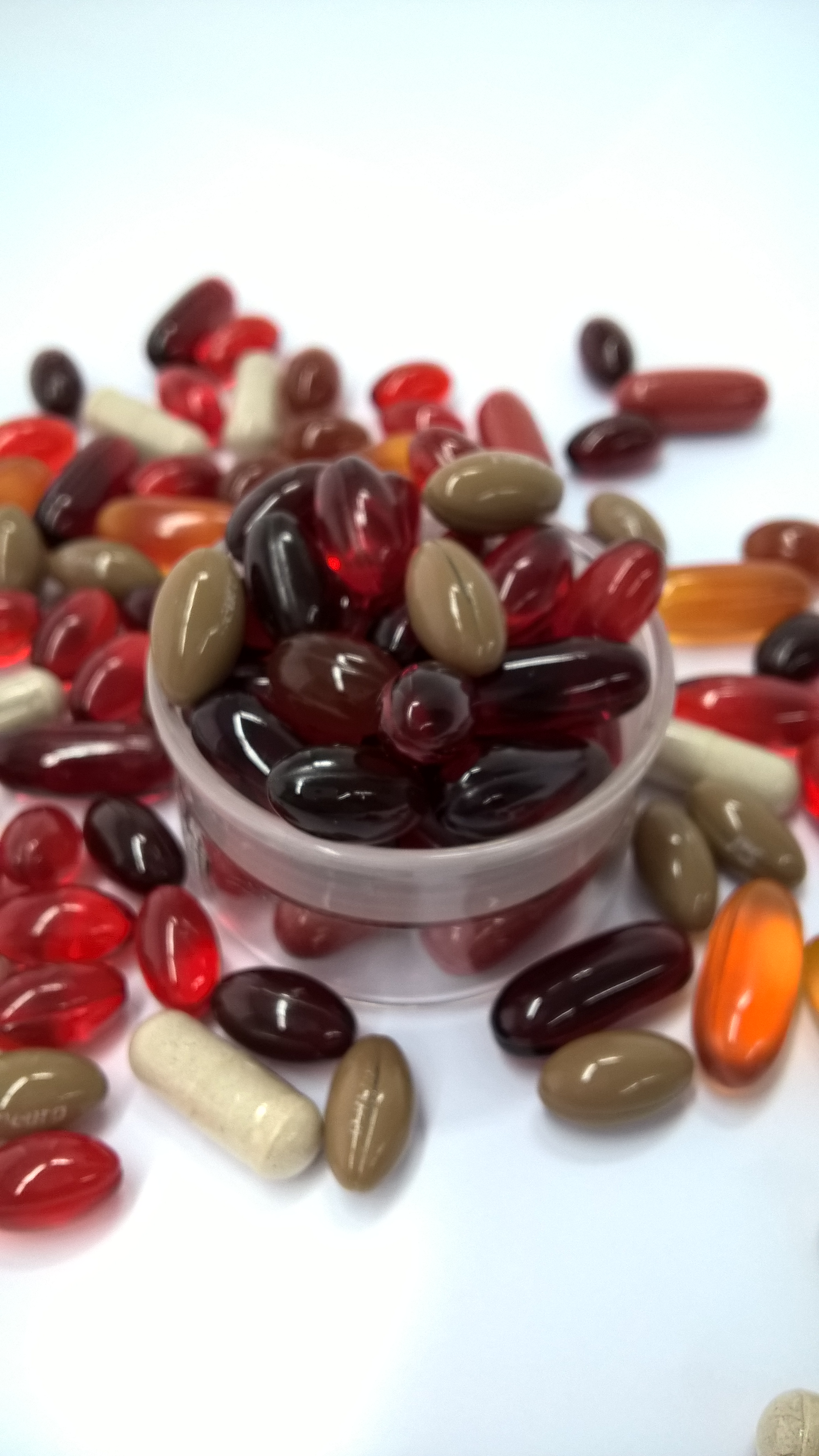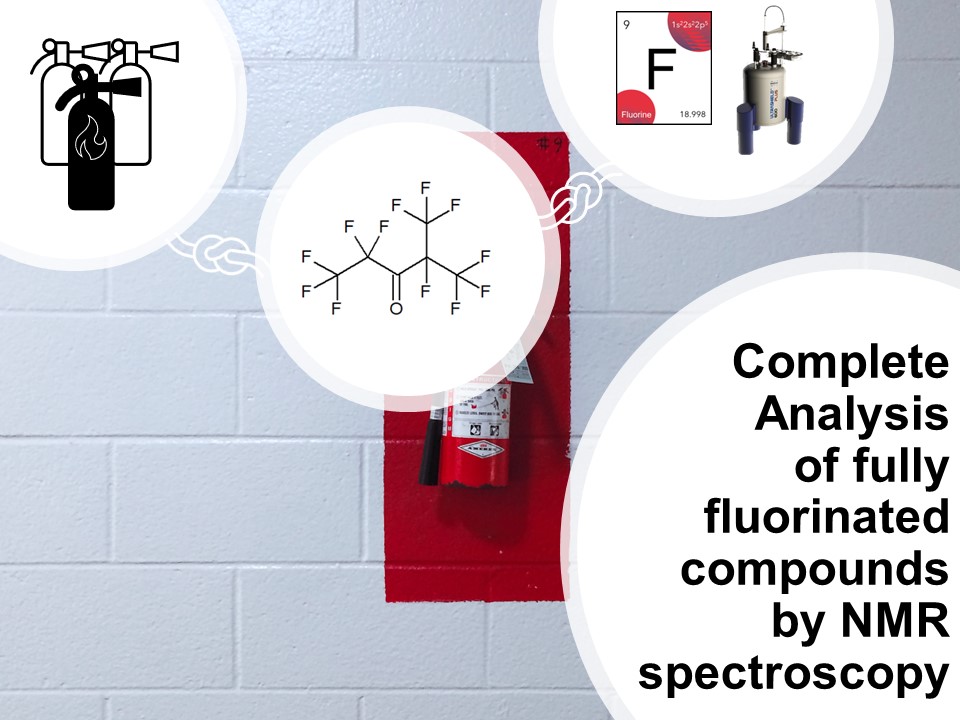The article is provided by Mike Bernstein, Founder of Amber Analytical Services
Spectral Service and Amber Analytical Services offer peptide analysis with NMR spectroscopy
Commercial peptides
Biological peptides are big business! Over 60 USFDA-approved therapeutic peptides are used. They can be quite easily manufactured at scale using pure, chemical starting materials. Many peptide products are human consumed and should therefore be characterised and have their quality assured.
Quality Assurance and Control
Fundamental understanding at the atomic level
Biological consultation
The appeal of NMR spectroscopy
NMR spectroscopy is used extensively for many quantitative and structural analyses. NMR methods can potentially be validated for use in regulated environments. NMR is always a quantitative analytical method that has no need for response curve determination. Quantitative answers can usually be quite simply incorporated into an analysis. It follows that NMR is an excellent tool for peptide concentration and purity determinations. NMR has been used for decades to study peptides and proteins, and Prof K Wüthrich received the Nobel Prize in 2002 for developing the science. As much as ever, NMR continues to make significant contributions to understanding macromolecules’ behaviour and roles. NMR provides unique levels of information of molecules, making it an ideal tool for structure elucidation and characterisation. At its heart, NMR reliably reports the structural integrity of a peptide: which amino acids are present and how are they connected. But, beyond this, NMR has the potential to also report correct peptide chemical conjugation, such as acetylation, fatylation, glycoconjugate synthesis, tagging, etc. No sample modification, such as hydrolysis, is required. Analysis by NMR has the potential to provide information well beyond simple QA/QC requirements. The technique can reveal information about the way a peptide might fold in solution – it’s secondary structure. Physical characteristics such as molecular rigidity are reported. NMR can give insight into the peptide behaviour which can help as a formulation medium is sought: NMR experiments can report aggregation or interactions with other molecular species. A full, detailed analysis of a peptide can be a complex task, but may not always be required. When used for final release testing of a peptide, a simple comparison of spectra for the batch can be treated as a fingerprint and compared with spectra of authentic samples. Thus, NMR is a reliable identity test for peptides.
NMR is a superb test for peptide structure, identity, purity, and authenticity
Your sample
Sample complexity will affect the analysis complexity. Simple peptides up to ca 9 residues can be analysed simply and quickly, but we can characterise peptides up to ca 35 amino acid residues in size. Peptide modification can usually be handled. About 5-10 mg of material should dissolve in a solvent such as water, or DMSO.
Spectrum acquisition
Sample preparation is often very simple once a suitable solvent has been found. NMR spectrum acquisition is a specialist task requiring expensive equipment and trained operators. Luckily, these services can be bought. A set of 5 or 6 datasets is typically acquired overnight to allow for complete analysis. Spectral Service uses a modern 600 MHz NEO solution NMR instrument to acquire NMR data.
Spectrum analysis – complete
The processing and analysis of the NMR spectral data is, again, a specialist task. And again, we can provide this as a complete service. For full identity checks we will perform a full assignment of the 1H, 13C, and 15N NMR signals. Several 2D experiments will be performed to facilitate this task. Tables of assignments and figures are prepared semi-automatically. We are flexible in the reporting level that you require.
Our expertise and proprietary software are key to the spectral assignment being done quickly, correctly, and with assignment validation.
Secondary structure
Shorter peptides generally do not have a higher order structure. The solvent choice can favour α-helical conformations. We will use NMR the sample’s chemical shifts and J-coupling to assess the adoption of secondary structure, and rigidity. Computer programs and manual analyses will predict the secondary structure with a confidence level. The through-space NOE data also help to describe the peptide’s secondary structure through key interactions.

“Fingerprint” comparisons
Larger peptides such as insulin, and even biological drugs/biosimilars can be assessed for correct structure and folding using NMR. A fingerprint comparison can report whether samples are authentic, correctly declared, or equivalent. If used for batch release, a “fingerprint” comparison with spectra of authenticated material is quick and cost effective.
Reporting
This can be as simple or detailed as you need. We will always create and share lists of peak assignments and annotated spectral figures. A full report can be created that consists of a detailed discussion of the results.
Dialogue and consultation
We can address any special concerns/questions you want answered. Speak to us to discuss results and to also plan experiments that will assist you with your task. We have the up-to-date, specialist expertise to help you. Speak to our experts to discuss the experimental findings.
Further reading
Kellenbach, E.; Rundlöf, T. Chapter 11: Determination of the Identity, Content and Purity of Therapeutic Peptides by NMR Spectroscopy; 2019; Vol. 2019-January. Download article.
What’s next
Please contact us to discuss your analytical requirement. We will be happy to tailor an analysis and report specification for you.







